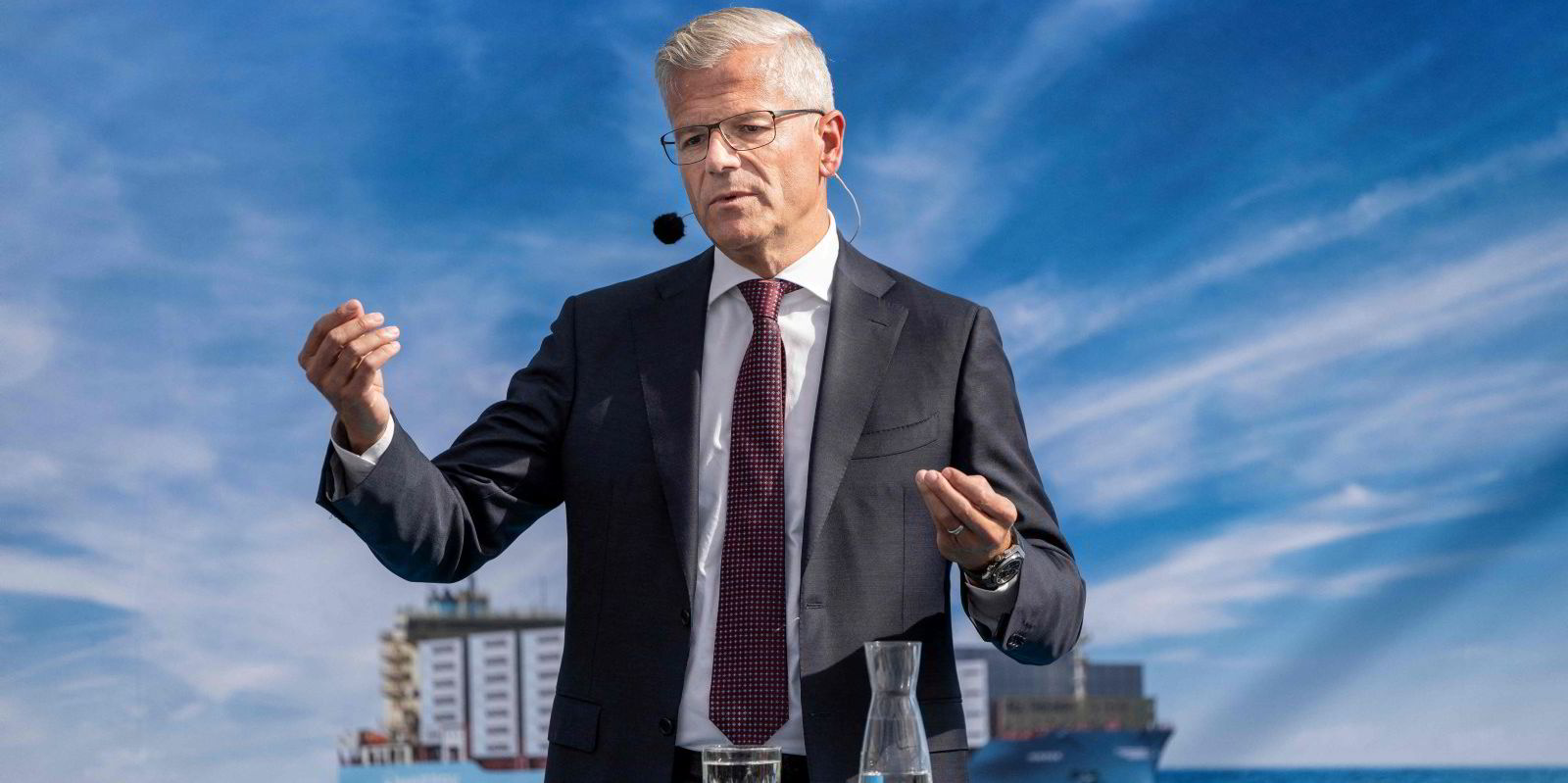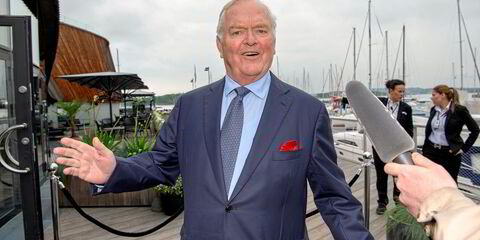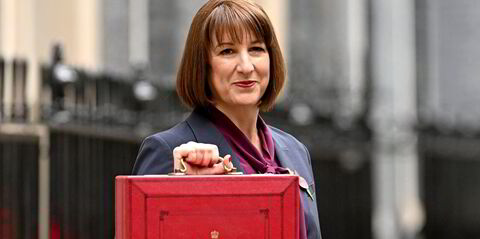AP Moller-Maersk’s chief executive said it could take weeks for a US-led naval operation to make the Red Sea safe again for its ships after the Danish liner giant decided to reroute its vessels around the Cape of Good Hope.
Vincent Clerc told CNBC that the announcement by US defence secretary Lloyd Austin, creating a multinational naval operation, was reassuring and that he welcomed the operation, but he said the company can no longer guarantee the safety of its crew.
After the company’s 10,100-teu container ship Maersk Gibraltar (built 2016) was attacked by Houthi militants on Thursday and other vessels were targeted over the weekend, he said Maersk paused its ships to decide on the “appropriate course of action” and to see whether the global community would react.
“They did decisively today by establishing this task force,” he said.
“We understand that it will take a few weeks for that task force to be fully operational and to reopen the safe passage across to the Red Sea, and in the meantime, we’ve decided to reroute some of our ships south to the Cape of Good Hope in order to reach their final destination.”
As TradeWinds reported on Monday, the US announced that it set up Operation Prosperity Guardian under the auspices of the Combined Maritime Forces’ Task Force 153 to address maritime security in the Red Sea and Gulf of Aden.
The other members of the 10-nation task force are the UK, Bahrain, Canada, France, Italy, Netherlands, Norway, Seychelles and Spain.
Then on Tuesday, Maersk said on X that it made a decision on vessels it had previously paused.
“Having monitored developments, Maersk has decided that all vessels previously paused and due to sail through the region will now be rerouted around Africa via the Cape of Good Hope for safety reasons,” the company said.
Clerc told CNBC that taking the longer route around South Africa will be the fastest way to get cargo safely to customers, though it will involve two to four weeks of delay.
That will also delay the rotation of these vessels back to Europe or Asia.
“It’s a stark reminder, just a short time after Covid, that disruptions in supply chains are still staying with us, and certainly it’s reviving a lot of the conversations with our customers about how to create more resilience in supply chains,” he said.




